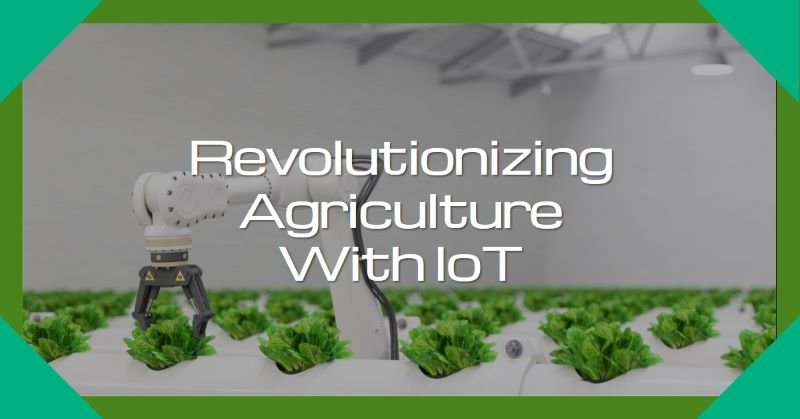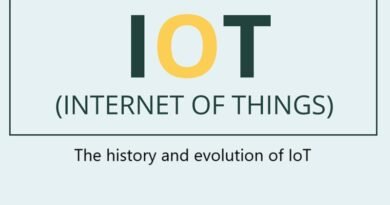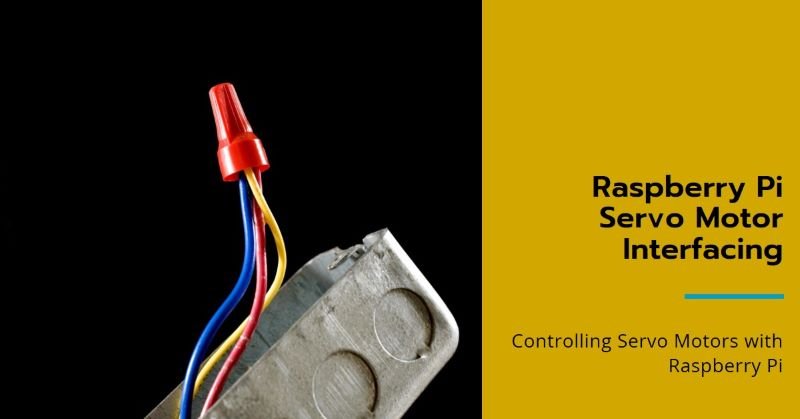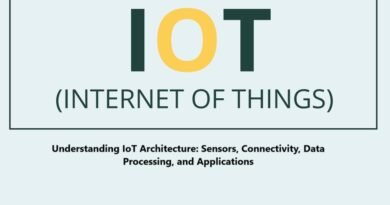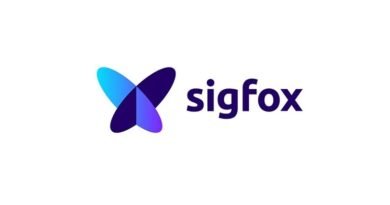IoT in Agriculture | Benefits, Drawbacks and Future Impact
The Internet of Things (IoT) revolutionizes agriculture by seamlessly integrating digital technology with farming practices. Through interconnected devices and sensors, IoT enhances precision farming, optimizing resource use, monitoring crop health, and enabling real-time data-driven decisions. This connectivity transforms traditional agriculture into a smart, efficient, and sustainable system for the future.
The Role of IoT in Agriculture
The Internet of Things (IoT) has revolutionized various industries, and agriculture is no exception. IoT in agriculture refers to the use of connected devices and sensors to collect and analyze data in order to optimize farming operations and increase productivity. This technology has the potential to transform traditional farming practices and address the challenges faced by farmers.
Benefits of IoT in Agriculture
- Precision Farming: IoT enables farmers to monitor and control various aspects of their farm remotely. Sensors can collect data on soil moisture, temperature, humidity, and nutrient levels, allowing farmers to make informed decisions about irrigation, fertilization, and pest control. This precision farming approach helps optimize resource usage and improve crop yields.
- Livestock Monitoring: IoT devices can be used to monitor the health and behavior of livestock. Sensors attached to animals can track their location, body temperature, heart rate, and other vital signs. This data can help farmers detect illnesses, monitor breeding patterns, and ensure the well-being of their animals.
- Crop Monitoring: IoT sensors can monitor crop growth and provide real-time data on factors such as temperature, humidity, and sunlight exposure. This information allows farmers to adjust farming practices accordingly, ensuring optimal growing conditions and reducing crop loss.
- Automated Irrigation: IoT-based irrigation systems can analyze data from soil sensors and weather forecasts to automatically adjust watering schedules. This not only saves water but also prevents over-irrigation, which can lead to waterlogging and crop damage.
- Supply Chain Optimization: IoT technology can track and monitor the movement of agricultural products throughout the supply chain. From farm to market, sensors can provide real-time data on temperature, humidity, and other environmental conditions, ensuring the quality and safety of perishable goods.
Drawbacks of IoT in Agriculture
Cost: Implementing IoT technology in agriculture can be expensive, especially for small-scale farmers. The initial investment in sensors, connectivity, and data analytics tools may pose a financial barrier for some farmers.
Connectivity Challenges: Reliable internet connectivity is crucial for the successful implementation of IoT in agriculture. However, many rural areas still lack high-speed internet access, which can limit the effectiveness of IoT solutions.
Data Security: With the increased use of IoT devices, the amount of data generated in agriculture has also grown. Protecting this data from cyber threats and ensuring privacy is a major concern. Farmers need to be aware of potential risks and implement appropriate security measures.
How IoT Helps Farmers
Increased Efficiency: By providing real-time data and insights, IoT helps farmers make informed decisions and optimize their farming practices. This leads to increased efficiency, reduced waste, and improved productivity.
Resource Optimization: IoT enables farmers to use resources such as water, fertilizers, and pesticides more efficiently. By monitoring environmental conditions and crop health, farmers can apply these resources only when and where they are needed, minimizing waste and environmental impact.
Risk Mitigation: IoT sensors can detect early signs of crop diseases, pest infestations, and adverse weather conditions. This allows farmers to take preventive measures and minimize potential losses.
Market Access: By tracking the movement of agricultural products, IoT technology helps farmers ensure the quality and safety of their produce. This can open up new market opportunities and improve access to higher-value markets.
Conclusion
The role of IoT in agriculture is transformative. By leveraging connected devices and data analytics, farmers can optimize their operations, increase productivity, and reduce environmental impact. While there are challenges to overcome, the benefits of IoT in agriculture far outweigh the drawbacks. As technology continues to evolve, IoT will play an increasingly important role in helping farmers meet the growing demands of a global population.
